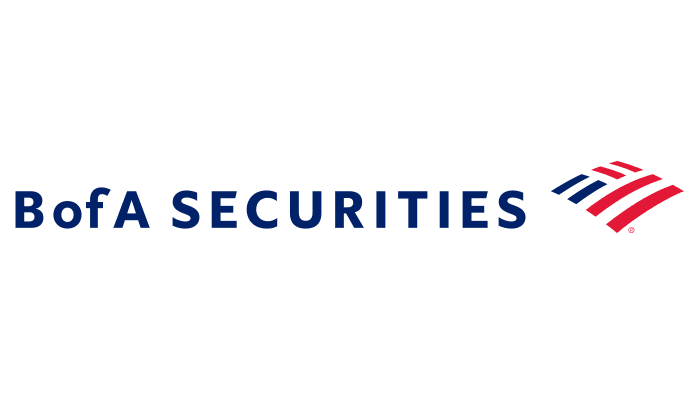Cat bonds still complementary rather than competition, for now: BofA

Analysts at BofA Securities Inc. have highlighted that while catastrophe bonds remain a complementary source of capital rather than pure competition for reinsurance carriers, that could change in time, but the analysts see any resurgence in the private ILS and collateralized reinsurance space as a more pressing threat to traditional players.
It’s been reported by reinsurance brokers that capital levels in the global reinsurance market have recovered to the level necessary to make for a more comfortably cleared mid-year renewal season.
The BofA Securities analyst team said that restored capital levels in reinsurance could pose headwinds for the sector, as interest in alternative and insurance-linked securities (ILS) products has picked up.
“Capital is certainly not in short supply, particularly considering more selective reinsurance appetite away from climate change and social inflation risks,” they explained in a recent report.
Continuing, “Restored capital levels (both traditional and alternative) have helped to stabilise reinsurance pricing in 2024 so far.”
But, like the reinsurance broking sector, the analysts are not predicting a swift return to more persistent softening of rates, despite the top of the (current) market cycle seemingly having been reached.
As they explain that, “We continue to see a peak in pricing in 2024, with further (albeit modest) soſtening likely over the coming years as traditional and alternative capital should remain disciplined, at least on inflation risks.”
On the traditional side of reinsurance, the analysts continue to see no evidence of new startups of any note, with the capital build-up there being “largely driven by strong earnings performance.”
While, on the alternative capital and ILS side, “Growth has continued to be driven largely by catastrophe bonds.”
The analysts go on to say that, at this time, “We continue to see the popular cat bond market as complementary (rather than competing against) traditional reinsurers, helping to provide capacity for peak risk transfers.”
But they go on to caution that, “It is possible that as issuers and investors become more familiar with cat bonds over time, and this could start to create competition in the mid-to-higher layers of coverage typically provided by traditional reinsurers, though we do not think we are at this stage yet.”
At this time, there is no clear evidence of cat bond funds and investors desiring a move down the reinsurance tower, or any appetite to assume more volatile frequency exposures.
But, as interest in ILS in general recovers further, we are expecting to see more moves to provide investment products that address some of these more challenging areas for ceding companies.
Finally, the analysts note increased interest on the private ILS side, especially in reinsurance sidecars and instruments such as industry loss warranties (ILWs).
Warning that, “A pick-up of inflows into these products aſter years of outflows and subdued activity could create additional headwinds and is something to monitor, in our view.”
Potentially helping to build that interest further, across the ILS investment product range, the analysts state that in cat bonds specifically, “Despite moderating from 2023 highs, net yields remain attractive and should continue to attract investors throughout 2024.”
That goes for the private and collateralized reinsurance or retrocession side of the ILS market as well, where strong returns have continued into 2024 so far and are building investor interest again.






